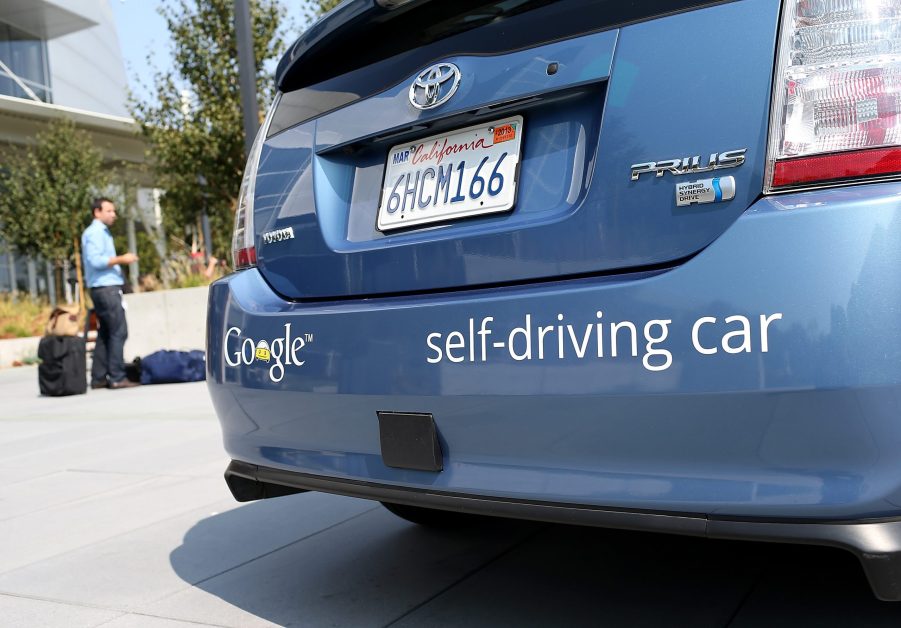
Google’s Failed Firefly Self-Driving Car Never Stood a Chance
Self-driving cars are still a brand-new technology that’s not fully capable of being “self-driving” as its name would imply. That said, while self-driving technology has made a lot of improvements over the years, it still needs the driver to pay attention. However, when compared to some of the earliest self-driving cars, like Google’s Firefly, modern self-driving cars are a massive improvement.
The history of Google’s Firefly
Like most things in science, self-driving cars didn’t pop out of thin air. Scientists and engineers needed to do a lot of experiments to get the technology to where it is today, and according to Fast Company, that’s exactly what Google did when it made its own car, the Firefly. Technically speaking, Google’s subsidiary, Waymo, made the car, but, for all intents and purposes, it was Google’s car.
Google unveiled the Firefly in 2014, and it was purpose-built for self-driving technology, but it wasn’t actually ready for the market. Like Fast Company said, Firefly was “a test platform” for self-driving technology. Not only that, but they were also a sort of marketing tactic, according to Fast Company. Not every tech company designs and builds its own car, and that certainly made the Firefly interesting.
On top of that, the car had a pretty unique design. It could only seat two people, and it had a round shape like a Volkswagen Beetle. Fast Company said that the Firefly was supposed to look cute so that Americans would warm up to the idea of self-driving cars, but the Firefly’s deeper issues made it fail in the end.
The Google Firefly just wasn’t much of a car
For all intents and purposes, the Firefly looked like a car, but it didn’t drive like a car. Fast Company said that it was limited by a top speed of 25 MPH, which is good enough for city driving, but obviously, nowhere near fast enough for highways. On top of that, the Firefly didn’t actually have a steering wheel.
Fast Company said that Google made this choice because it was aware of how drivers still needed to pay attention to their self-driving car, even when it was on self-driving mode. Apparently, Google’s researchers discovered that the steering wheel in a self-driving car could actually make drivers less attentive, and that could be dangerous.
In any case, after a few years, Google stopped using the Firefly to develop its self-driving car technology. Other competitors in the self-driving car business, such as Tesla and Uber, had just installed self-driving tech into regular cars instead. This is exactly what Google did after it discontinued the Firefly in 2017.
Google switches over to Chrysler
Google chose to replace its Firefly with the Chrysler Pacifica, which is a regular minivan that anyone can buy. The Pacifica has plenty of obvious advantages over the Firefly, such as the fact that it can seat a lot of people and the fact that it can actually drive at regular speeds on highways. The main advantage though, is that Google didn’t have to build its own cars anymore, and it could just get them from Chrysler instead.
That said, Google is still doing what it’s been doing with the Firefly, just with the Pacifica instead. Google is still testing and developing its self-driving car tech on the Pacifica, and since Google discontinued the Firefly, Google has helped make leaps in self-driving car technology.
Google’s self-driving car tech is slowly entering the market, and eventually, it may be readily available as an option on actual cars that customers can buy.
That wouldn’t have been possible without the Firefly, which did its job of being a test bed for the technology. The tech wasn’t really ready at the time, but that’s exactly what experimenting and developing is for.



